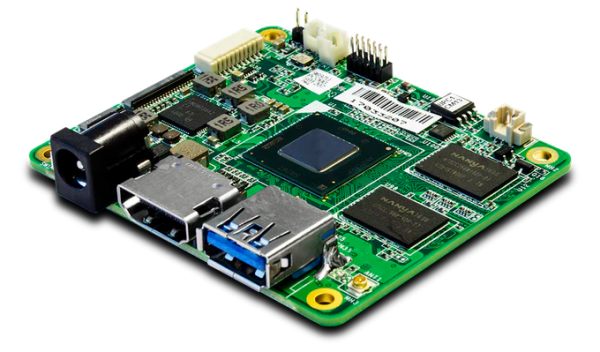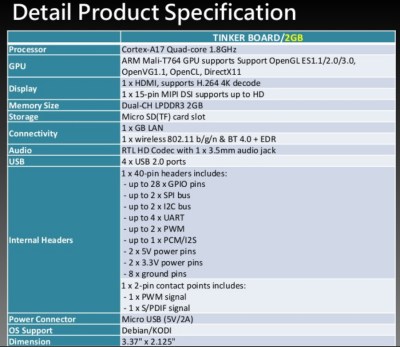Earlier this year, a new single board computer was announced, and subsequently made its way onto the market. The Tinker Board was a little different from the rest of the crop of Raspberry Pi lookalikes, it didn’t come from a no-name company or a crowdfunding site, instead it came from a trusted name, Asus. As a result, it is a very high quality piece of hardware, upon which we remarked when we reviewed it.
Unfortunately, though we were extremely impressed with the board itself, we panned the Asus software and support offering of the time, because it was so patchy as to be non-existent. We had reached out to Asus while writing the review but received no answer, but subsequently they contacted us with a sorry tale of some Tinker Boards finding their way onto the market early, before their official launch and before they had put together their support offering. We updated our review accordingly, after all it is a very good product and we didn’t like to have to pan it in our review.
This week then, news has come through from Asus that they have now launched the board officially. There is a new OS version based on Debian 9, which features hardware acceleration for both the Chromium web browser and the bundled UHD media player. There is also an upcoming Android release though it is still in beta at time of writing and there is little more information.
The Tinker Board is one of the best of the current crop of Raspberry Pi-like single board computers, and it easily trounces the Pi itself on most counts. To see it launched alongside a meaningful software and support offering will give it a chance to prove itself. In our original review we urged tech-savvy readers to buy one anyway, now it has some of the backup it deserves we’d urge you to buy one for your non-technical family members too.
















